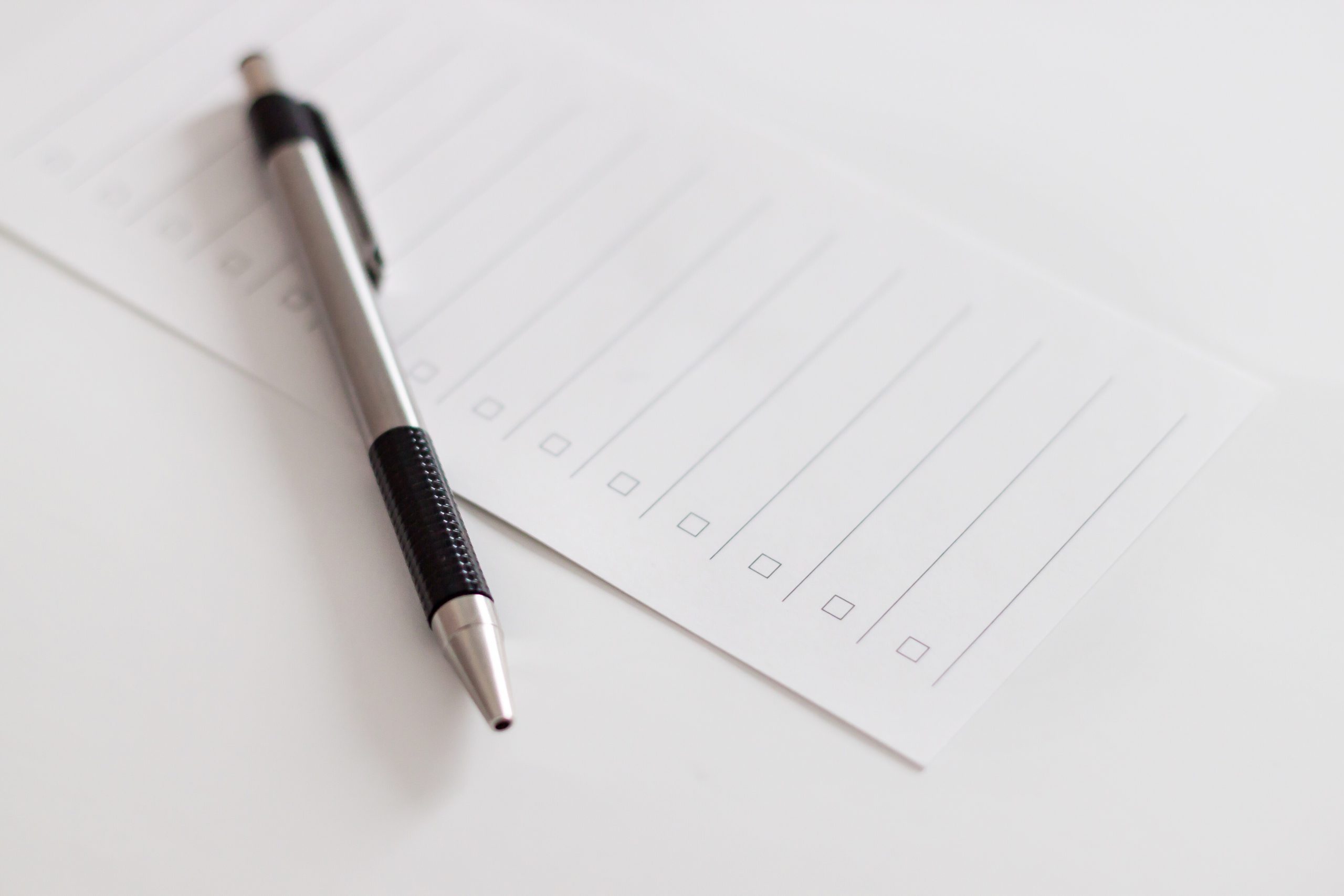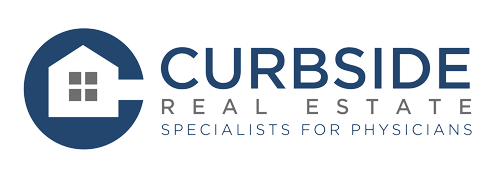Physician Mortgage Loans: A Checklist for Applicants

According to the Association of American Medical Colleges, the majority of medical school graduates have debt, in fact the 2017 average was $190,694. So, it’s natural for physicians, particularly young ones to feel like buying a home isn’t a possibility.
However, financial institutions have created options for people in that situation because they consider you low-risk customers because of the stable jobs and high salaries characteristic to your profession. These mortgage loans designed specifically for doctors go by many names, but in general are call physician mortgage loans. But before you decide on any loan, you should have at least a general idea of your options.
Things to Consider Before Applying for Any Mortgage Loan
Pre-qualification and Pre-approval
As soon as you begin searching for houses, contact a lender to do a pre-qualification and a pre-approval. Pre-qualification is a free checking of your income and expenses, employment status, and credit by the lender. Pre-approval is a more thorough verification of all these and usually involves some paperwork.
Pre-qualification gives you an idea of the loan structure and your borrowing power. Pre-approval is useful in gauging any potential issues and establishing that you are a serious buyer. After you find a house you like, you can choose a final mortgage lender.
Choosing Lenders
Get quotes from multiple lenders so that you can compare closing costs and interest rates, and negotiate a good deal.
Check their reputation. For example, not all lenders who have access to physician mortgage programs have adequate experience working with doctors. The lender you choose must be able to understand your circumstances and guide you.
Some lenders are too slow in moving from contract to close, whereas the sellers in the real estate market are really fast. The property you wanted might be sold to someone else because your lender was too slow to process the loan.
Physician Mortgage Loans
Physician mortgage loans are home loans or mortgage services offered only to medical professionals who want to own a home, even during their residency or right after they graduate. Physician training can take so long that while everyone your age is settled with a job and even a family, you might still be finishing your course.
However, you can buy a house quite easily because of physician mortgage loans . Lenders readily accept offer letters as proofs of income, accept 0% or very low down payment, and don’t charge private mortgage insurance (PMI), even if you put down less than 20%.
They also don’t include student loans while calculating the debt-to-income ratio (DTI), which usually determines if an applicant is creditworthy. This is because they know that you will eventually earn well and be able to repay them comfortably. You are an extremely profitable customer, as you borrow a large amount early in your career and are sure to pay it off.
Qualifying for a Physician Mortgage Loan
Although lenders make so many allowances for physicians, you still need a credit score of 700 or more to obtain a doctor mortgage loan. Borrowers with scores higher than 750 typically pay the least amount in interest. With those scores, you can qualify for the lowest PMI rates for non-doctor loans also.
Check your credit report for any lapses, such as missed payments or debts gone to collection, and try to clean up your credit to get the best terms and interest rates. If your credit score is below 700, wait until it is higher to apply for a loan.
The DTI ratio also matters because debt utilization is a very significant aspect in credit score calculation. Student loans aren’t considered. However, issues like a high credit card balance or an outstanding car loan won’t be overlooked, even if your salary is high.
If you’re self-employed, the conditions will be slightly different. You have to present proof of income for two years and a consistent or increasing income. You should also have a strong credit profile and low DTI ratio.
Advantages of Physician Mortgage Loans
- Zero or low down payment
- No cap on loan amount
- No PMI
- No rate increases on jumbo loans
- Signed employment contract as proof of income
- Student loan debt not considered in DTI
Disadvantages of Physician Mortgage Loans
Even if you have a high DTI ratio, lenders may grant loans to you. They also may not charge PMI. However, they will recover these losses by charging higher interest rates.
Doctor home loans allow you to get a mortgage without a down payment, which means you will have no initial equity. You might not have enough for closing costs if you need to sell the home soon and the property value hasn’t increased.
The ease in getting a physician mortgage loan might tempt you to buy a house much larger than your needs.
Some lenders also don’t give loans for condos, especially non-warrantable ones, because they aren’t low-risk properties. So, if you want to buy a condo, choose a lender who gives you that option, based on the original conditions of a physician loan.
Alternatives to Physician Mortgage Loans
If you fulfill necessary conditions, you can also qualify for mortgages other than doctor mortgage loans, such as the conventional home loan and the Federal Housing Authority (FHA) loan.
Check if you can afford a down payment, and compare the difference between the interest rates of physician home loans and other loans. This will help you take stock of your financial situation and make a good choice.
Buying a home and choosing a mortgage are huge decisions. You should diligently consider all options and decide what’s best for you. If you’re unsure of something, don’t hesitate to seek expert advice.
